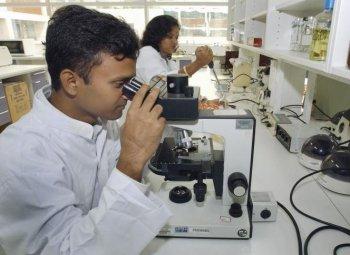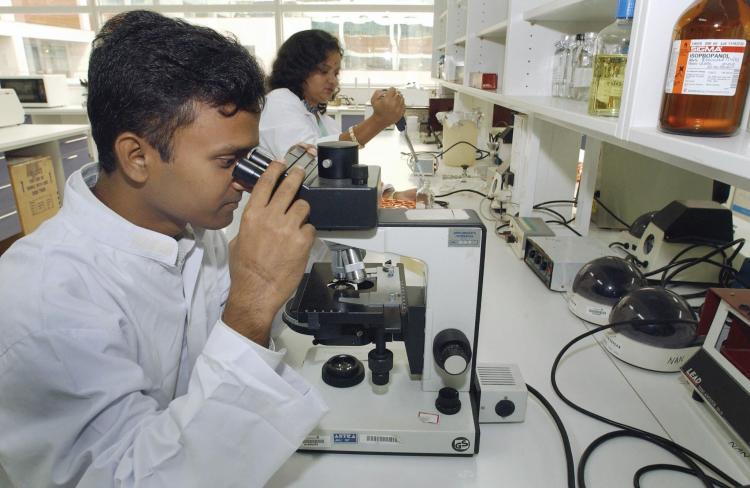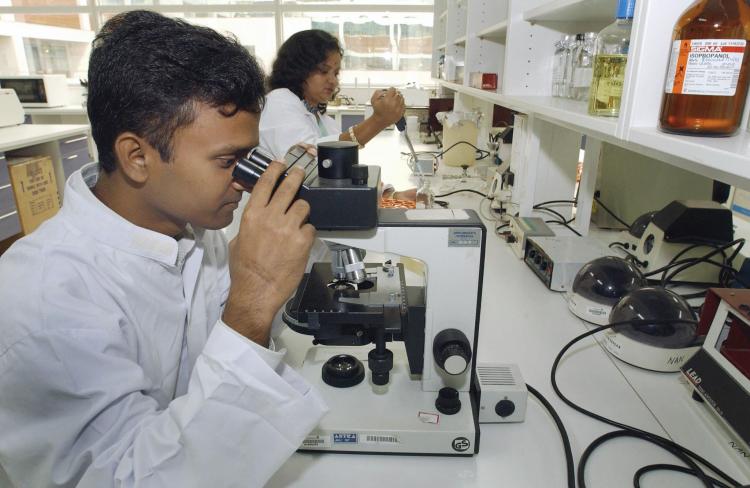In tracing the origins of a tuberculosis outbreak in a B.C. community to crack cocaine use, a team of researchers have pioneered a new method using DNA gene sequencing combined with social networking surveys.
Using gene sequencing to investigate a bacterial outbreak, which hadn’t been done before, helped the researchers gain insight into the reasons behind the TB outbreak that affected 41 people in Port Alberni on Vancouver Island.
A rise in crack cocaine use within the community may have been the trigger for the outbreak, the researchers found.
Genome sequencing was used to identify subtle differences in the bacteria, which made it traceable to distinct clusters of people. Social network surveys were then used to track areas frequented by those infected, showing how contact between people linked to areas of transmission.
The novel approach was able to trace outbreaks to poorly ventilated areas such as crack houses and other squalid environments. The bacteria were spread by coughing, which transmitted the disease from person to person.
BC Scientists Pioneer Method to Trace TB Outbreak
Researchers have pioneered a new method to trace the origins of a TB outbreak in a B.C. community to crack cocaine use.

Scientists work in a laboratory in Bangalore, India, which conducts research into finding a treatment for Tuberculosis, diagnosed in about eight million people worldwide. B.C. researchers have pioneered a new method to trace the origins of a TB outbreak i Indranil Mukherjee/AFP/Getty Images
|Updated:

